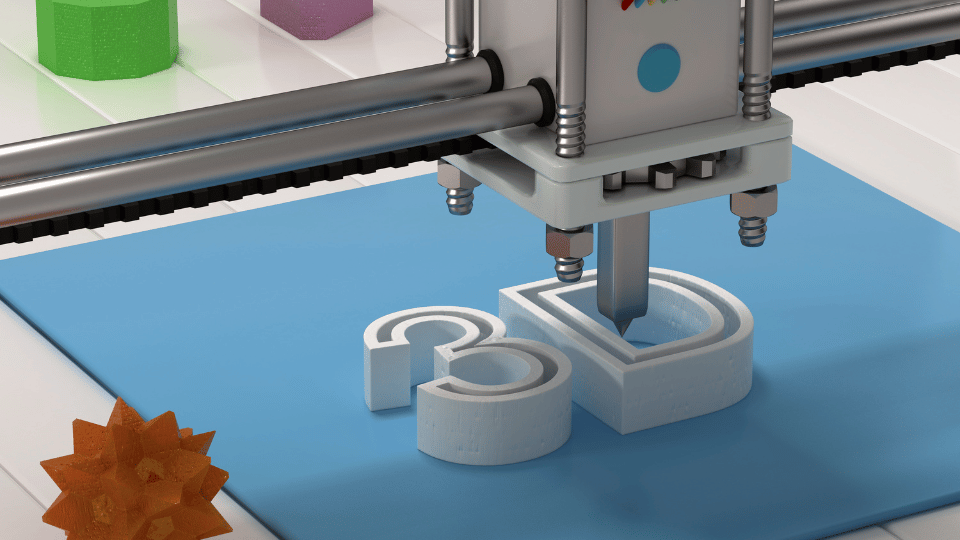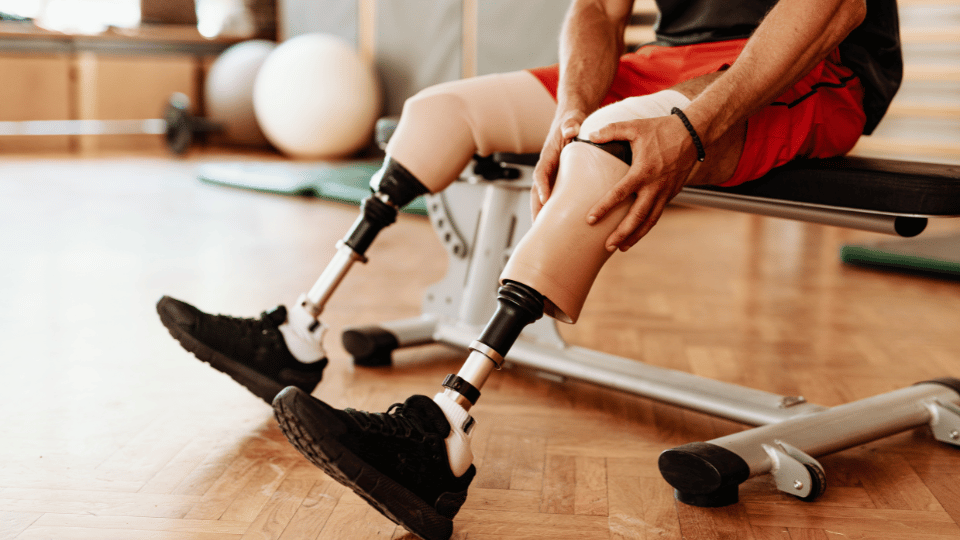In recent years, 3D printing has emerged as a revolutionary technology that is reshaping the landscape of manufacturing and design, playing a crucial role in the advent of Industrial Revolution 4.0 (IR 4.0). As part of this new industrial era, 3D printing enables smarter, more efficient production processes, fostering greater innovation and customization across various sectors. This article will delve into the intricacies of 3D printing, examining how it works, its diverse applications across various sectors, and its significance in today’s fast-paced world.
3D printing, also known as additive manufacturing, is a process that transforms digital designs into tangible three-dimensional objects. Unlike traditional manufacturing methods that often involve subtracting material from a solid block or using molds, 3D printing builds objects layer by layer from a digital file. This additive approach allows for the creation of complex geometries and intricate designs that would be difficult or impossible to achieve with conventional techniques.

The process of 3D printing begins with a digital model, typically created using computer-aided design (CAD) software. This model is then sliced into thin horizontal layers by specialized software, which generates a set of instructions for the 3D printer. The printer reads these instructions and begins to deposit material, whether it be plastic, metal, resin or even biological substances, layer by layer, until the final object is formed.

This method contrasts sharply with traditional subtractive manufacturing, where material is removed from a solid block to create an object, making 3D printing a more material-efficient process. The actual printing process can vary depending on the technology used. For instance, Fused Deposition Modeling (FDM) involves melting thermoplastic filaments and extruding them through a nozzle, while Stereolithography (SLA) uses a laser to cure liquid resin into solid layers. Each technique has its own advantages and limitations, influencing factors such as speed, resolution, and material compatibility.
Regardless of the method, the core concept remains the same: 3D printing builds objects from the ground up, allowing for intricate designs and complex geometries that would be difficult or impossible to achieve with traditional manufacturing methods.
In healthcare, for instance, customized dental implants and prosthetic limbs are revolutionizing patient care by providing tailored solutions that enhance comfort and functionality. Surgical planning and testing models are also being developed using 3D printing, allowing surgeons to practice complex procedures before operating on actual patients, thereby improving outcomes and reducing risks.

By enabling the production of lighter and more efficient parts, 3D printing contributes to fuel savings and improved performance in aircraft and spacecraft. Components such as satellite parts and simpler aircraft structures are now being manufactured using additive techniques, which not only streamline production but also reduce waste.
Additionally, automotive manufacturers are leveraging 3D printing for creating prototypes and end-use parts, allowing for rapid iteration and innovation in vehicle design.
One of the most significant benefits is the ability to produce complex geometries that traditional manufacturing methods struggle to achieve. This capability not only enhances design flexibility but also allows for the creation of lightweight components, which can lead to improved performance in applications ranging from aerospace to automotive.
Furthermore, the rapid prototyping capabilities enable companies to iterate designs quickly, reducing the time and cost associated with product development.
Another advantage is the potential for sustainability. As an energy-efficient technology, it minimizes waste by using only the material necessary for production, which contrasts sharply with subtractive manufacturing processes that often result in significant material loss.
Additionally, 3D printing facilitates on-demand production, allowing manufacturers to create items as needed rather than maintaining large inventories. This not only optimizes resource use but also reduces the environmental impact associated with overproduction and excess inventory.
In conclusion, 3D printing has transformed industries by providing innovative solutions, design flexibility, and the ability to create complex geometries. Its ability to customize products on demand has proven invaluable across sectors like healthcare, aerospace, and automotive. However, challenges such as material limitations, production speed, and regulatory hurdles remain. Despite these, the future of this technology holds immense potential, with ongoing advancements in materials and techniques expected to unlock new applications and broaden accessibility.
As the technology continues to evolve, it promises to revolutionize manufacturing processes, reduce waste, and promote sustainability, shaping a more efficient and innovative future. To fully leverage these benefits, it’s crucial to understand the notable differences between additive and subtractive manufacturing, as each method offers unique advantages that can significantly impact production strategies.